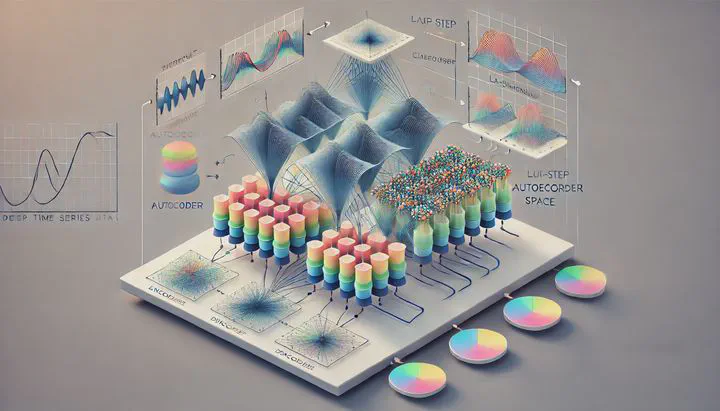Spatiotemporal Clustering of Human Locomotion Neuropsychological Assessment in Virtual Reality Using Multi-step Model
1 Jan 2023·,,,,,,·
0 min read
Ihababdelbasset Annaki
Mohammed Rahmoune
Mohammed Bourhaleb
Mohamed Zaoui
Alexander Castilla
Alain Berthoz
Bernard Cohen

Abstract
In this study, we implemented a spatiotemporal clustering approach to analyze the outcome of a virtual reality human navigation neuropsychological assessment (the VR Magic Carpet). Our main objective was to establish a clustering of participants using a deep multi-step clustering model on velocity signals extracted during clinical trials. We used a multi-step neural network architecture to analyze the feature extraction and the clustering stage separately. In the feature extraction stage, we adopted a 1D-DCAE autoencoder, and for the clustering, we used a soft temporal clustering layer, a combination of similarity metrics, K-means, and probability. This method enabled us to comprehend, to a certain extent, the clustering results in contrast to the joint architecture we had been using before. We obtained five significant clusters that are associated with specific clinical groups. © 2023, The Author(s), under exclusive license to Springer Nature Switzerland AG.
Type
Publication
Lecture Notes in Networks and Systems